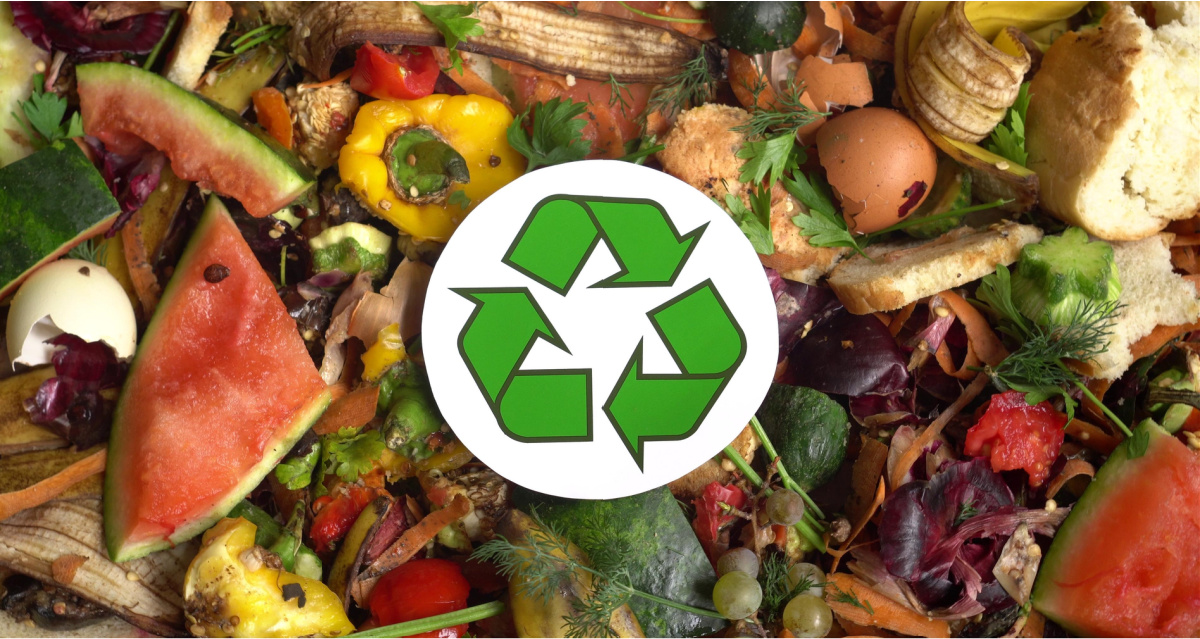Waste Reduction for Better Food and Increased Sales
3 Min Read By Greg Christian
Until recently, Beyond Green Sustainable Food Partners was mainly a foodservice consulting company for schools and other large institutions, and we catered food to preschools on the side. Because of the pandemic, our consulting business is on hold while we focus solely on catering.
Although this means that we are now down to just 20 percent of our business, we are able to stay afloat financially by applying the same waste reduction efficiencies in our own work that we pass on to our consulting clients.
Historically, we have trained cafeteria staff to cook food from scratch while also reducing food and labor waste. By saving time and using fewer raw ingredients, clients reduce their expenses.
Since our business model is built upon transforming typical cafeteria food into scratch-cooked meals made from clean, locally sourced and organic ingredients, we guide our clients to reinvest the money they’ve saved through waste reduction back into these premium ingredients, which inevitably results in better food. This in turn boosts sales.
Reducing Waste in the Kitchen
Reducing waste is a two-fold process of measurement and simplification. I’ll go into more detail below.
Measurement and Organization
We diligently use scales to portion out all ingredients. It may seem time-consuming at first, but eventually it becomes a seamless part of our workflow. And when I say diligent, I mean it: We make sure that not one drop of sauce or crumb of flour goes to waste. This way, we eliminate spoiled food and over-production.
We measure what we throw away, and we measure what the customer eats. Again, it may sound like a lot of work, but in the long run we save time, and money. Knowing the exact amount of food we need — no more, no less — makes our purchasing more efficient. This adds up to a significant amount of money saved.
This also extends to how we manage our staff. Organization is key. We don’t waste precious minutes chasing down ingredients haphazardly. Completing prep work before cooking even begins can save valuable time.
Sometimes the solutions are the details. For example, minutes squandered unnecessarily placing fruit in cups instead of directly on serving trays can add up.
We’re also big fans of production schedules. We use these to ensure that we work as efficiently as possible, which can get complicated in teams. These schedules help us focus and stay accountable to each other, which helps us lower labor costs and build collaboration.
Simplifying Menus
We don’t need endless menu options that ultimately drive waste. Despite conventional approaches, we simply don’t require huge menus with so many choices. We don’t need huge portions that we can’t finish, and we don’t need to throw ingredients out every week in order to make sure we have enough.
We use minimal ingredients to create simple, delicious dishes, and we typically don’t have more than three choices on the menu at any one time — the ideal number for any restaurant. Because we keep it simple, we are never in the position of having thousands of dollars of unused inventory sitting on our shelves, an unfortunate liability that many restaurants were faced with when their businesses unceremoniously shut down earlier this year.
What customers really want is delicious food — and no amount of options can change that. Plus, all that needless variety creates extra work and contributes to waste.
The Importance of Quality
As I mentioned earlier, food quality is an essential part of our value proposition. Even with the complexities and challenges of the current food supply chain due to the pandemic, we are still able to serve clean, high-quality ingredients to our clients.
This should never be compromised. When we make our food better, we create more customers. With more customers, we create economies of scale. This means that we produce more meals, which enable us to buy certain ingredients in bulk and save on costs.
For example, we once helped Buffalo, N.Y.-based Nardin Academy to set up a waste tracking system for recycling, compost, and landfill refuse that helped Nardin divert 86 percent of its cafeteria waste during the school year. Cutting the waste made the kitchen more efficient, enabling Nardin to buy higher-quality sourced food and green products at a better price. The school went from buying 80 percent processed foods (with half of its sales coming from snacks and beverages) to a menu made entirely from scratch. As a result, 74 percent of sales came from well-balanced meals. And since the meals were so much better, students bought more of them: Nardin went from serving 80 to 500 lunches per day.
These are the core ways we have learned to recover time and money from existing inefficiencies.


